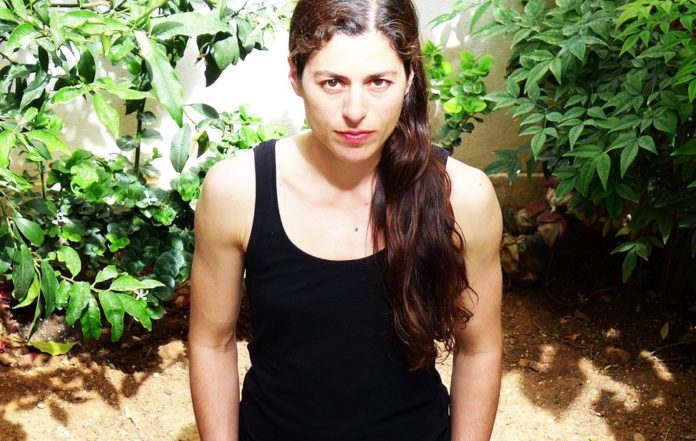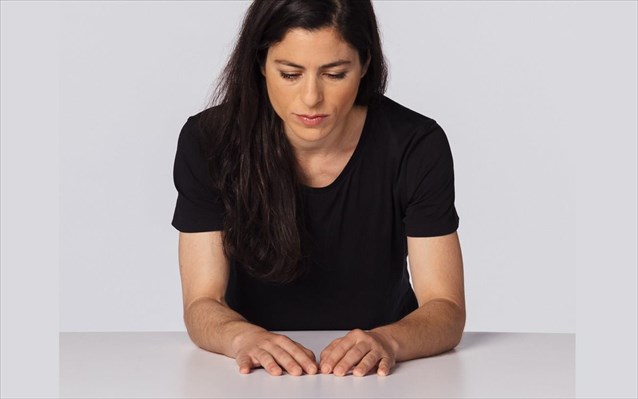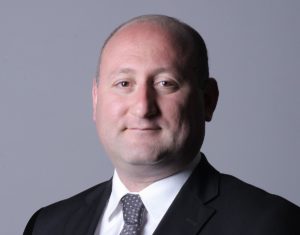By Artsvi Bakhchinyan
Special to the Mirror-Spectator
YEREVAN/ATHENS — Iris Karayan is a dancer, choreographer and teacher living in Athens. She studied dance at the Greek State School of Dance and completed a Master of Arts in Performance and Culture: interdisciplinary perspectives at Goldsmiths College, UK. She is the founding member and choreographer of ZITA Dance Company. Her works have been presented in Greece and around Europe.
In 2010 she was awarded with the 1st prize of the Jarmila Jerabkova Award in New Europe Festival 2010 in Prague for her choreographies, “A Time to Mourn” and “Leg Acy.” In 2013, ZITA and Iris Karayan were selected by the international dance network Aerowaves with the work “Mothers” and in 2014, Dancenet Sweden selected and supported a tour of “Mothers” in Sweden. The program has been widely presented in European Festivals and venues.
“Alaska” (2016), an Onassis Cultural Centre commission, premiered in Athens on February 2016 and has also been presented in the Dansfabrik Festival de Brest, France.
She collaborates with other artists from the fields of dance, music, theatre, cinema and the visual arts and has been actively involved in two collectives, Syndesmos Chorou and the Collective Choreography Project. Since 2013, she has been leading a movement and improvisation workshop for people with and without visual impairment, part of the Onassis Cultural Centre’s educational program.











